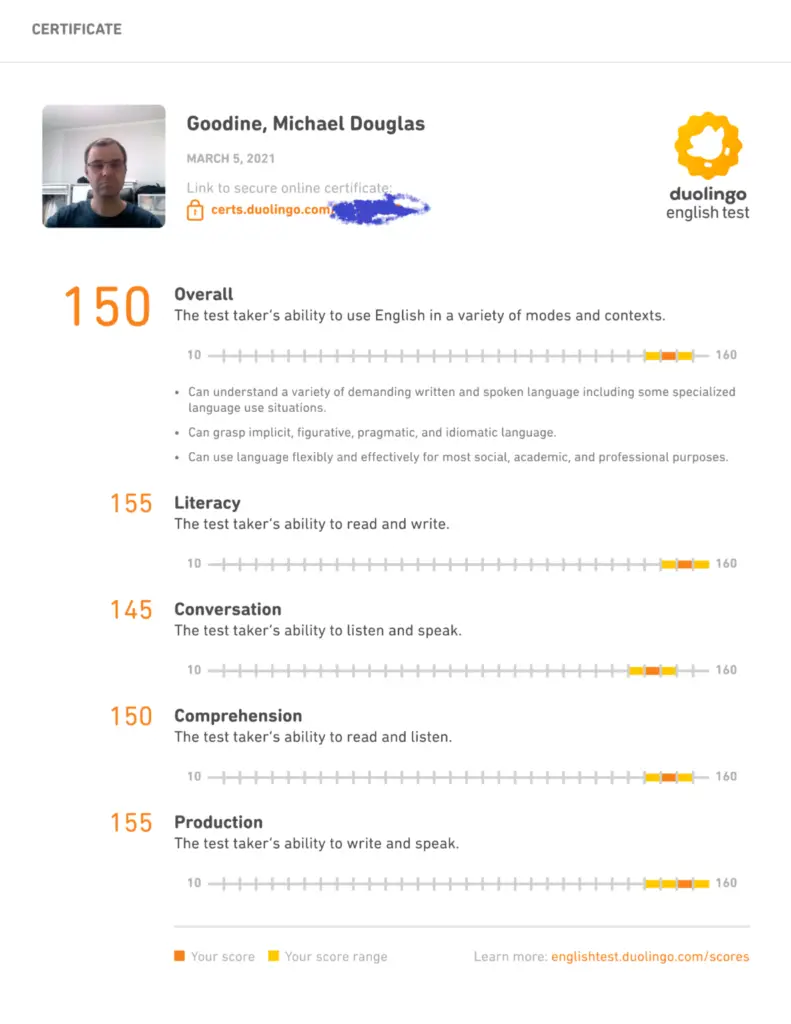
For example, the yes/no vocabulary format is traditionally scored using the sensitivity index d′: a measure of separation between signal (word) and noise (pseudo-word) distributions from signal detection theory.

These items work together to measure test takers’ English language proficiency in reading, writing, listening and speaking.ĭuolingo questions C-test Missing lettersĪll test items are scored automatically via statistical procedures developed specifically for each format. However, the writing and speaking prompt also vary in difficulty, and their selection is based on the CAT’s estimate of test-taker ability. They are not a part of the computer-adaptive portion of the test. Additionally, test takers respond to four writing prompts and three speaking prompts.

The median rate of occurrence of the CAT item types across all administrations is six times per test administration. During each administration of the Duolingo English Test, a test taker will see at minimum three of each CAT item type and a maximum of seven of each CAT item type. The CAT item types include c-test, audio yes/no vocabulary, visual yes/no vocabulary, dictation, and elicited imitation. There are five item types in the computer-adaptive portion of the test. Because the Duolingo English Test is a CAT, it will adjust in difficulty as the computer updates its real-time estimate of test-takers’ language proficiency as they progress through the test. The test has seven different item types, which collectively tap into test-takers’ reading, writing, listening, and speaking abilities.


The browsers are locked down after onboarding, which means that any navigation away from the browser window will invalidate the test session. There are rules for the test takers’ internet browsers. During this process, the identification of the test taker is validated and the taker is informed about test rules. Before the test starts, there is an onboarding process, it checks takers computer’s microphone and speaker.


 0 kommentar(er)
0 kommentar(er)
